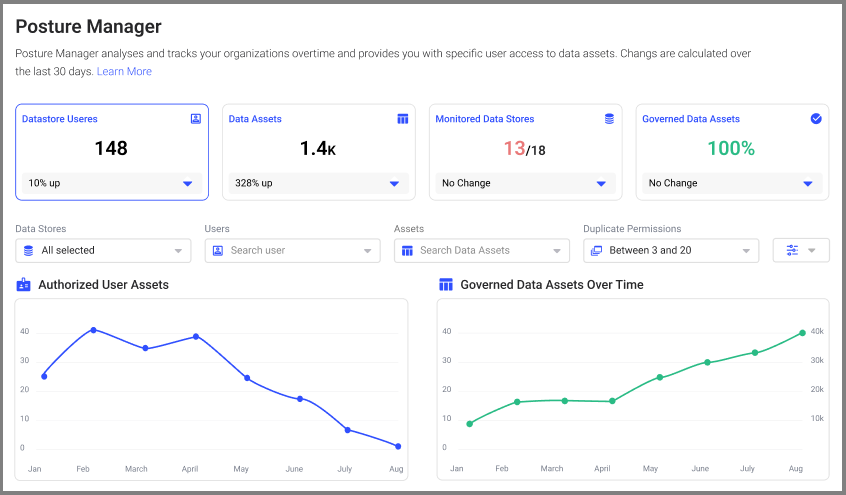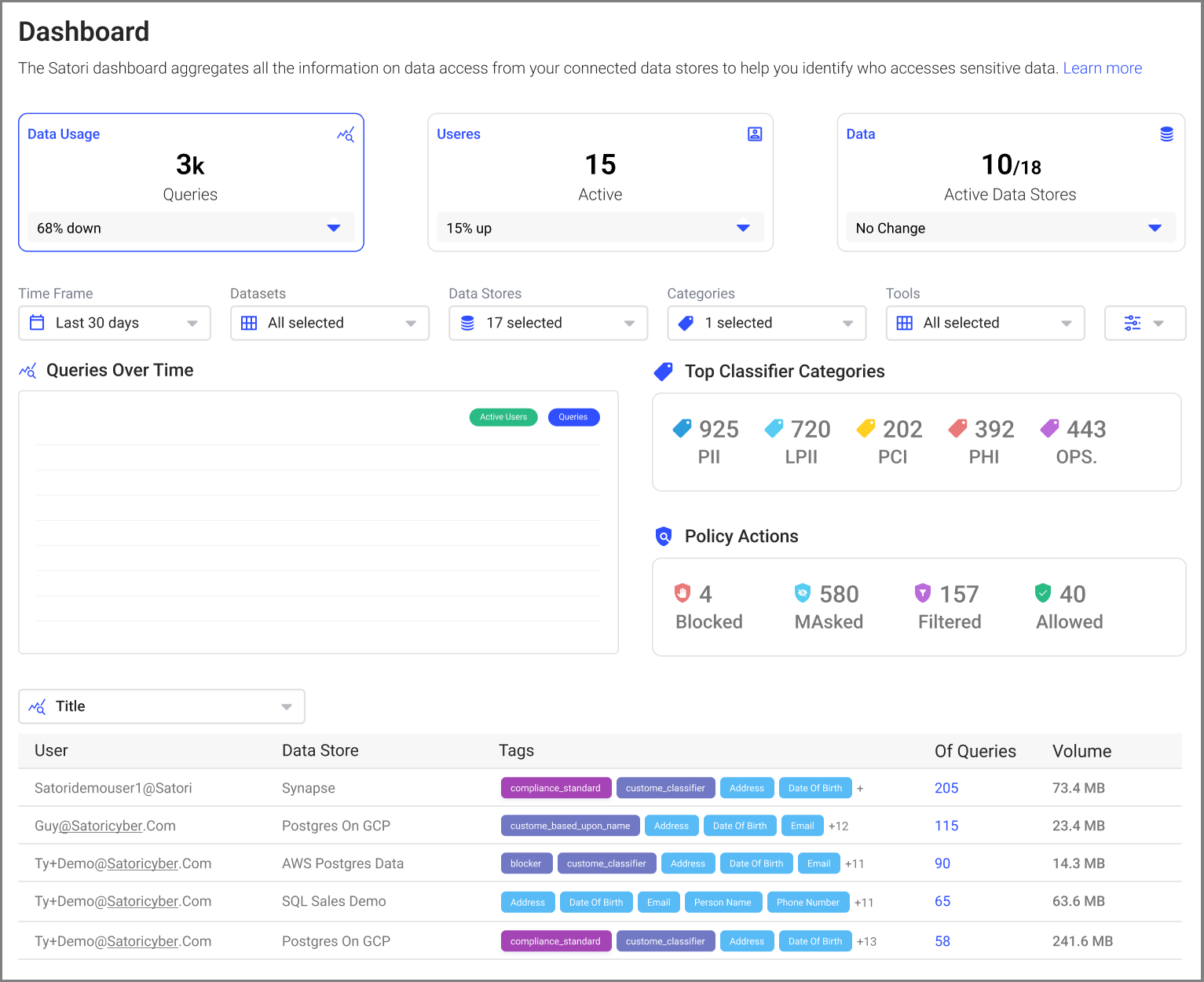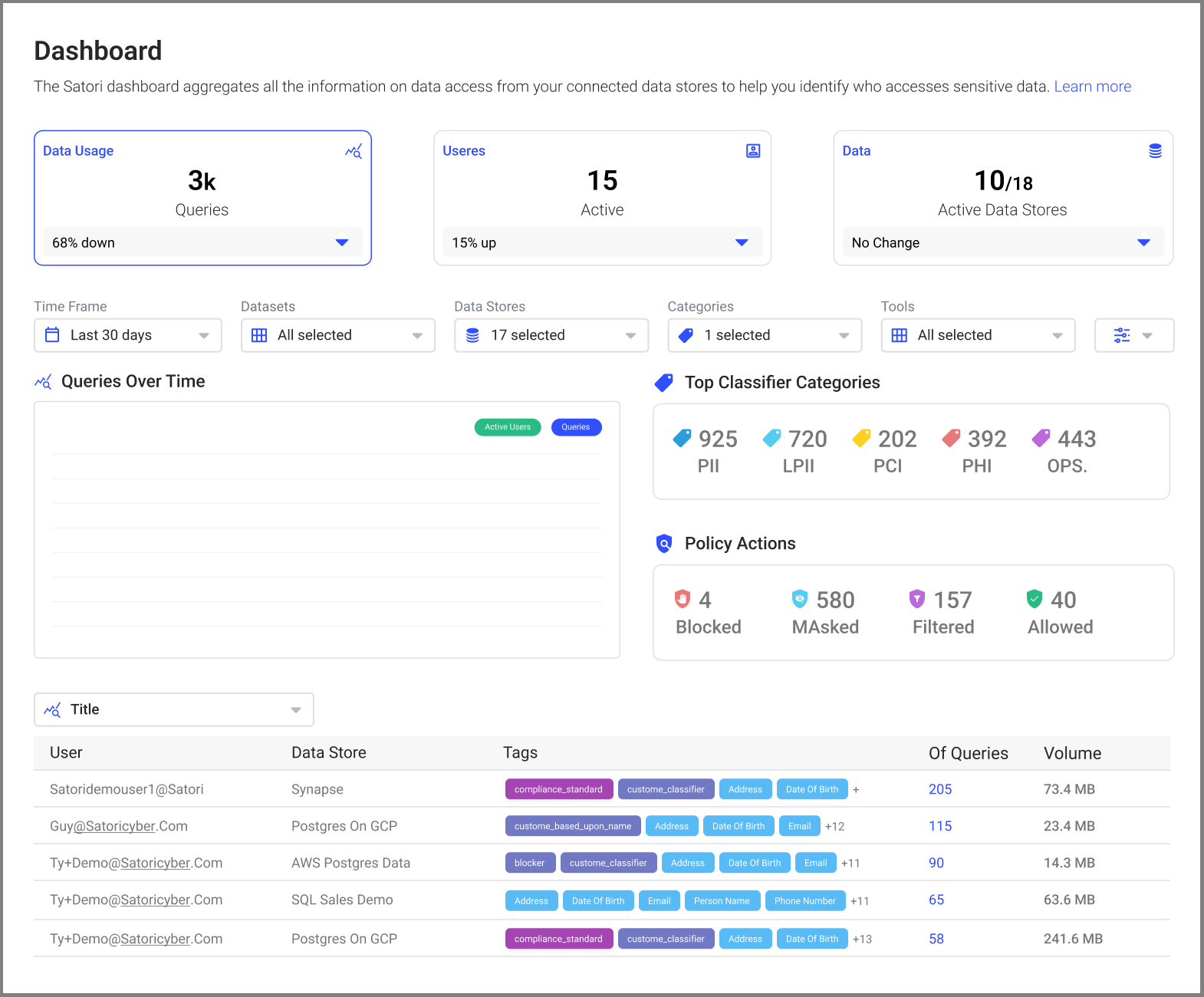How to Leverage Key Performance Indicators to Measure and Enhance Data Protection Effectiveness
In the modern business world, every organization collects some form of data. To make use of this data, it's important for businesses to implement effective data protection strategies to help protect sensitive information from loss, damage or corruption. The impact of data loss can be quite significant. Statistics show that 94% of organizations that experience severe data loss rarely recover.
Because of this, businesses set up key performance indicators (KPIs) to help them gauge whether the data protection strategy in place is effective. These quantifiable metrics can help determine whether the company is performing optimally and areas that need improvement.
In this article, we'll look at the different ways of measuring KPIs for effective data protection processes.
| #1 Ranking: Read how InetSoft was rated #1 for user adoption in G2's user survey-based index | Read More |
What Does Data Protection Entail?
Data protection refers to the practices and processes that ensure the security of data from unauthorized access, corruption, or loss. It is a critical aspect of information management that aims to protect the integrity, confidentiality, and availability of data, especially sensitive data such as personal or proprietary business information.
Data protection encompasses a variety of operations, including but not limited to:
- Data backup: Regularly copying data to a separate storage system to ensure it can be recovered in the event of loss.
- Data encryption: Scrambling data to make it unreadable to unauthorized users, with only authorized users having the decryption key to interpret it.
- Access control: Restricting data access to authorized individuals or systems.
- Data masking: Hiding certain areas of data to maintain its confidentiality, especially important when dealing with sensitive information.
- Firewalls and antivirus software: Utilizing protective software to detect and prevent malicious attacks on data.
- Data redundancy: Storing extra copies of data to recover in case the original data is lost or damaged.
- Data archiving: Retaining data safely for extended periods for future use or compliance reasons.
These are just a few examples of the operations associated with data protection. All these elements work in tandem to create a robust defense against threats to data security.
Now let's delve deeper into how you can leverage KPIs to monitor and improve the effectiveness of these data potection operations. With KPIs, you can identify weaknesses in your data protection strategy, take corrective measures, and strengthen your data's overall security.
Align Your KPIs With Data Protection Goals
Tracking your KPIs provides insight into what's happening in your organization. Here are the ways to leverage them to your advantage.
Before delving into the details of KPIs, it's important to ensure your organization has clear and defined data protection goals. These goals revolve around minimizing data breaches, improving response times to incidents, ensuring regulatory compliance, or enhancing overall data security.
Once you have defined your data protection goals, the next step is to align your KPIs with these goals. The KPIs you select should serve as a metric to measure the performance and progress of your data protection strategies towards the set goals:
- if your goal is to minimize data breaches, a relevant KPI could be the number of data breach incidents in a given time period.
- if your objective is to improve response times to incidents, a suitable KPI might be the average time taken to detect and respond to a data breach.
- for a goal focused on ensuring regulatory compliance, your KPI could track your compliance level against various regulatory requirements.
 Source: Satori screenshot
Source: Satori screenshot
18 KPIs for Data Protection Measurement Dashboards
- Query Volumes: Number of queries, users, data sources accessed and their relative volumes to spot unusual spikes.
- Policy Actions: Number of accesses blocked, masked, filtered, and allowed.
- Monitored and Governed Stores and Data Assets: Number and percentage monitored or governed trended over time.
- Data Breach Incidents: The number of data breaches that have occurred during a specific period.
- Data Breach Response Time: The average time taken to detect and respond to a data breach.
- Data Compliance Rate: The percentage of data assets that comply with relevant data protection regulations and internal policies.
- Data Access Control Effectiveness: The percentage of data access requests that were appropriately approved or denied.
- Data Encryption Adoption: The percentage of sensitive data that is encrypted at rest and in transit.
- Data Anonymization/De-identification Rate: The percentage of personal data that has been anonymized or de-identified to protect privacy.
- Employee Data Protection Training Completion: The percentage of employees who have completed data protection training.
- Incident Response Plan Effectiveness: The percentage of incidents that were effectively handled according to the incident response plan.
- Data Protection Impact Assessment (DPIA) Compliance: The percentage of projects or processes that underwent a DPIA as required.
- Data Retention Compliance: The percentage of data that is retained in accordance with data retention policies and legal requirements.
- Data Loss Prevention (DLP) Alerts: The number of DLP alerts triggered by potential data exfiltration attempts.
- Vendor and Third-Party Compliance: The percentage of third-party vendors that comply with data protection requirements.
- Data Protection Policy Review Frequency: The average time between reviews and updates of data protection policies.
- Consent Management Effectiveness: The percentage of consent requests that were properly collected and managed.
- Data Protection Incident Trend: The trend of data protection incidents over time (e.g., monthly, quarterly, annually).
 Source: Satori screenshot
Source: Satori screenshot
Set Targets and Baseline Measurements
The next critical step is establishing targets and baseline measurements. These serve as your yardstick for progress and provide a clear path forward for your data protection strategies.
A baseline measurement is your starting point, representing where your organization currently stands in terms of its data protection efforts. For instance, if your goal is to reduce response times to data breaches, your baseline could be the average time it currently takes to detect and respond to a data breach incident.
Once you have your baseline, the next step is setting targets. Targets are the desired levels of performance or outcomes that your organization aims to achieve within a specific timeline.
If your baseline measurement for response time to data breaches is 48 hours, you could set a target to reduce this to 24 hours within a month. This gives your team a clear objective to aim for and helps motivate and drive efforts towards improved performance.
It's important that the targets you set are realistic and achievable. Setting overly ambitious targets can lead to frustration and demotivation; setting targets that are too easy may not drive significant improvements. Finding the right balance is key.
 |
View a 2-minute demonstration of InetSoft's easy, agile, and robust BI software. |
Implement Better Data Protection Initiatives
Initiatives specifically aimed at enhancing the effectiveness of your data protection efforts are the next logical step. These initiatives should be strategic, actionable, and geared towards meeting your set targets.
Here are some best practices you could consider:
- Improve data access controls: Automating data access controls is one of the best ways to improve data security. To ensure only authorized personnel have access to sensitive data also consider multi-factor authentication, limiting access based on roles, or regularly updating access privileges.
- Leverage encryption technologies: Enhance the security of your data, both at rest and in transit, by using advanced encryption technologies. This will make it more difficult for unauthorized parties to gain access to sensitive data.
- Frequent security audits: Regular security audits can help identify potential vulnerabilities and address them before they can be exploited. These audits can also verify whether your data protection measures comply with relevant regulations and standards.
- Employee training programs: Human error often plays a significant role in data breaches. Regular employee training can increase awareness about data protection, educate employees about potential threats, and foster a culture of security within the organization.
These and other data protection measures will likely improve your KPI performance, meeting or even exceeding your set targets. Keep in mind, however, that data protection is a continuous journey, not a destination: regularly revisit your initiatives, assess their effectiveness, and make the necessary adjustments to ensure your organization's data remains protected at all times.
Read what InetSoft customers and partners have said about their selection of Style Scope for their solution for dashboard reporting. |
Take Corrective Actions
The consequences of not responding promptly to a threat can be staggering. According to Cybersecurity Ventures, the cost of cybercrime is predicted to grow to $10.5 trillion annually by 2025, making it one of the greatest threats to businesses globally. Monitoring KPIs closely is not enough. You must act decisively on the insights they provide. They serve as an early warning system that can help identify areas of weakness or non-compliance in your data protection strategy.
Once these areas have been identified, your organization should take swift corrective actions. These include modifying access controls, updating data protection policies, implementing new technologies, or conducting additional employee training. Data analysis is a powerful tool to leverage your KPIs effectively. KPIs yield deeper insights into patterns and trends that might not be immediately apparent, and this analysis can help you anticipate potential risks, devise strategies to mitigate them, and continuously improve your data protection efforts.
Using KPIs to guide corrective actions is about transforming data into actionable intelligence. It's about shifting from a reactive approach where you respond to data breaches after they occur to a proactive approach, where you identify and address vulnerabilities before they can be exploited. This proactive stance can significantly enhance your data protection effectiveness, safeguarding your organization against the potentially devastating consequences of data breaches.


